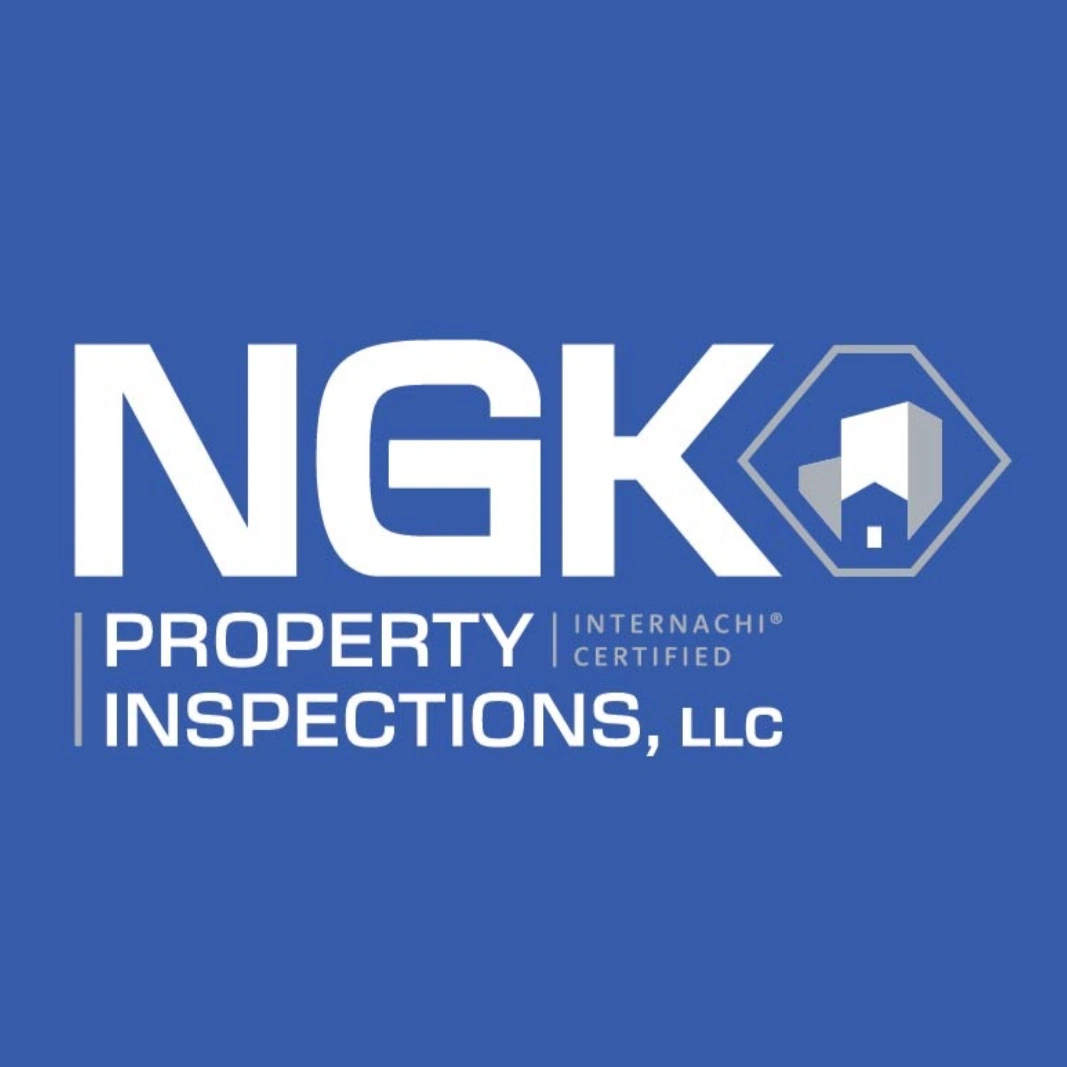The Roof Over Your Head: A Home Inspector's Guide to Your Home's First Line of Defense
- NGK Property Inspections

- Jun 9
- 3 min read
Updated: Oct 4

As a home inspector, I've seen a lot of roofs – the good, the bad, and the downright ugly. It's easy to take your roof for granted, but it's arguably the most critical component of your home, constantly battling the elements to keep you and your belongings safe and dry. That's why, during every home inspection, the roof is one of my primary areas of focus.
So, what exactly am I looking for up there? Let's break down some of the key elements of a healthy roof and what homeowners should be aware of.
The Anatomy of a Healthy Roof (from an Inspector's Perspective)
When I'm on a roof, I'm not just looking at the shingles. I'm assessing the entire roofing system, which includes:
Shingles/Roof Covering: This is the most visible part, and its condition tells a lot. I'm looking for:
Missing or Damaged Shingles: Obvious signs of wear, cracking, curling, blistering, or granules wearing off. These are direct pathways for water intrusion.
Algae/Moss Growth: While not always immediately damaging, heavy growth can trap moisture, accelerate deterioration, and hide underlying issues.
Proper Installation: Are the shingles laid correctly, with adequate overlap and proper nailing? Improper installation can lead to premature failure.
Flashing: This is the unsung hero of your roof. Flashing refers to the metal strips installed around penetrations (like chimneys, vents, and skylights) and at roof valleys. It's designed to divert water away from vulnerable areas.
Proper Sealing and Integrity: I'm checking for rusted, bent, or improperly sealed flashing, which are common culprits for leaks.
Kick-Out Flashing: Often overlooked, this small piece of flashing at the bottom of a roof-wall intersection is crucial for preventing water from running down the wall sheathing.
Soffits and Fascia: These are the trim elements that finish off the eaves of your roof.
Rot or Water Damage: Signs of moisture intrusion often appear here first, indicating problems with the roof or gutters.
Proper Ventilation: Soffit vents are essential for attic ventilation, preventing heat and moisture buildup.
Gutters and Downspouts: While not technically part of the roof covering, they are integral to its drainage system.
Clogs: Full gutters lead to water overflowing, potentially damaging fascia, siding, and even the foundation.
Proper Pitch and Downspout Extension: Gutters should be pitched correctly to drain, and downspouts should extend far enough away from the foundation.
Vents and Other Penetrations: Plumbing vents, attic vents, and exhaust fan vents all penetrate the roof.
Cracked Boots/Collars: The rubber or plastic seals around these penetrations can crack over time, leading to leaks.
Proper Sealing: All penetrations should be properly sealed to prevent water entry.
Common Roof Issues I Encounter
Beyond the general wear and tear, here are some common issues I frequently flag in my inspection reports:
Age: Every roof has a lifespan. Asphalt shingle roofs typically last 20-30 years, but this can vary based on climate and maintenance. An older roof, even if it looks okay, is closer to the end of its life.
Improper Repairs: DIY repairs or quick fixes, while well-intentioned, can often create more problems than they solve. I often see excessive use of tar or caulk that doesn't hold up long-term.
Storm Damage: Hail and high winds can cause subtle damage that's not immediately apparent from the ground. Missing granules, small indentations, or lifted shingles are red flags.
Poor Attic Ventilation: This directly impacts the roof's lifespan. Inadequate ventilation can lead to excessive heat and moisture in the attic, causing shingles to prematurely age and even promoting mold growth.
What You Can Do as a Homeowner
While a professional inspection is crucial when buying or selling a home, there are things you can do to maintain your roof's health:
Regular Visual Inspections: From the ground, look for obvious issues like missing shingles or debris. After a storm, take a closer look.
Clean Gutters: This is an easy and effective way to prevent water damage. Aim for at least twice a year, more if you have a lot of trees.
Trim Trees: Keep tree branches trimmed back from your roof to prevent scraping, debris buildup, and animal access.
Address Issues Promptly: Don't delay addressing small issues. A minor repair now can prevent a major leak later.
Your roof is a significant investment and your home's primary shield. By understanding what to look for and performing basic maintenance, you can extend its lifespan and avoid costly repairs. And when in doubt, always consult with a qualified home inspector or a reputable roofing professional. A little vigilance goes a long way in keeping the roof over your head secure.




Comments